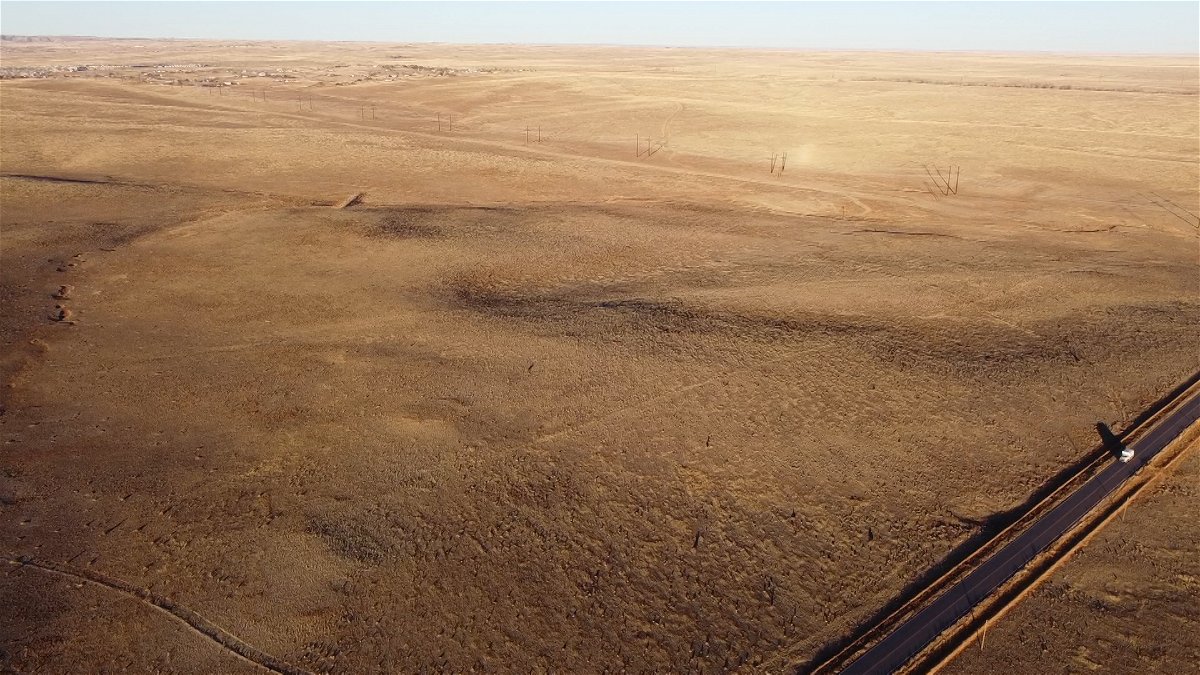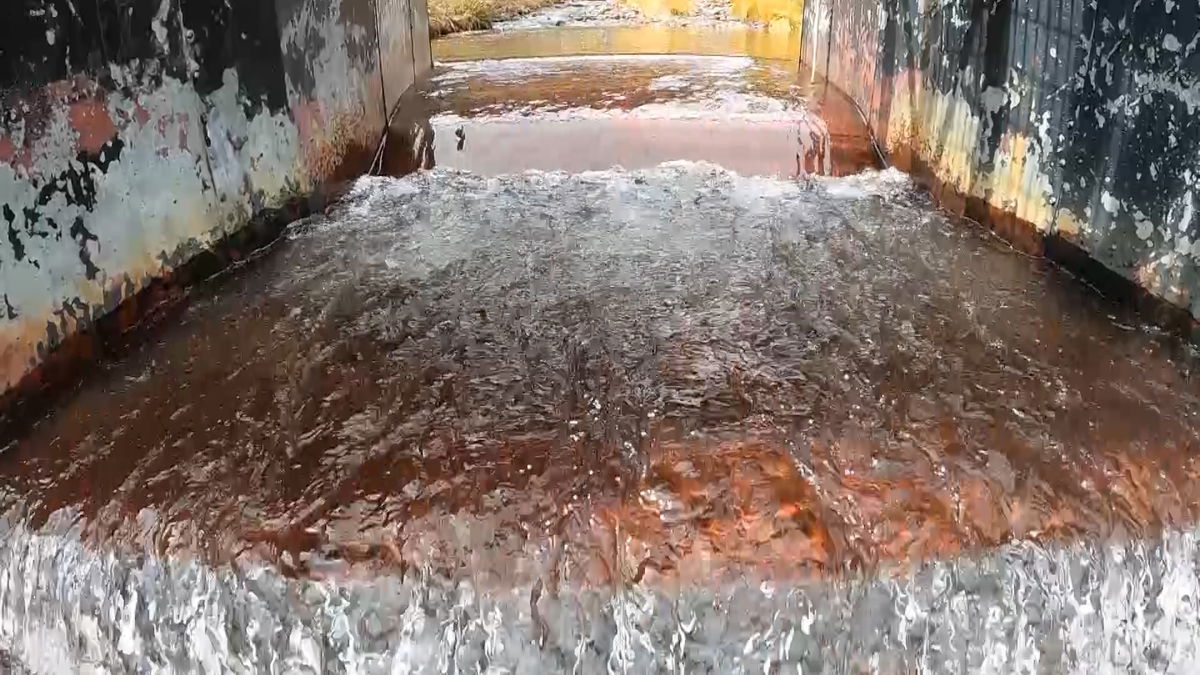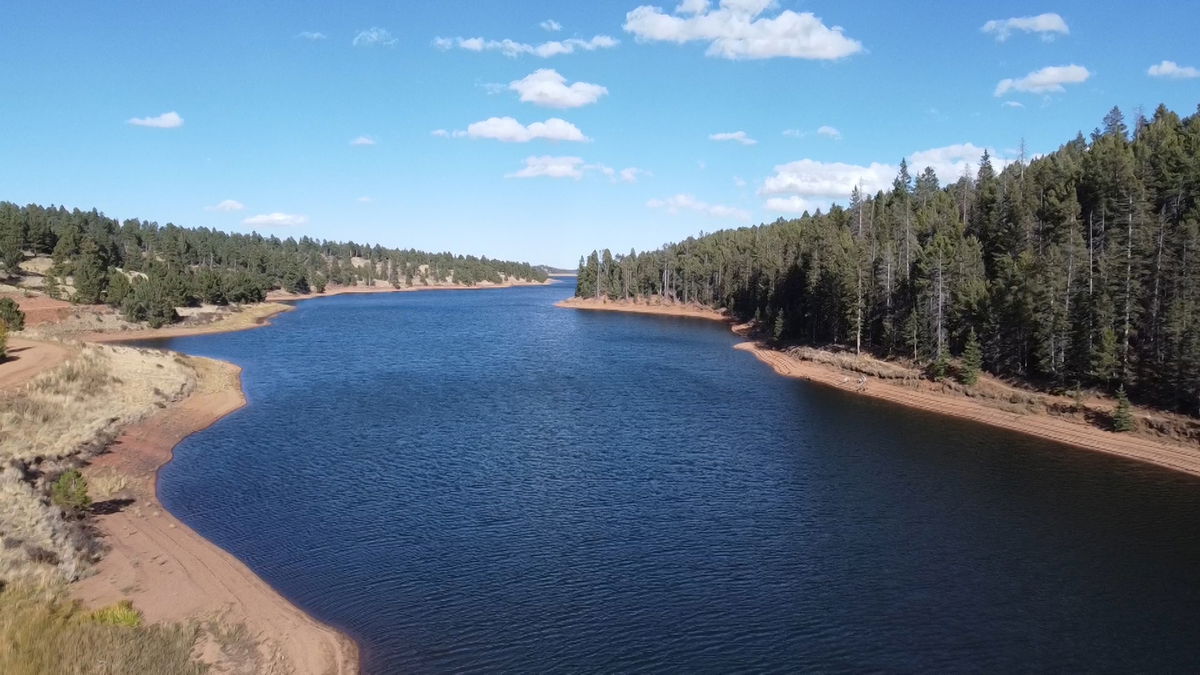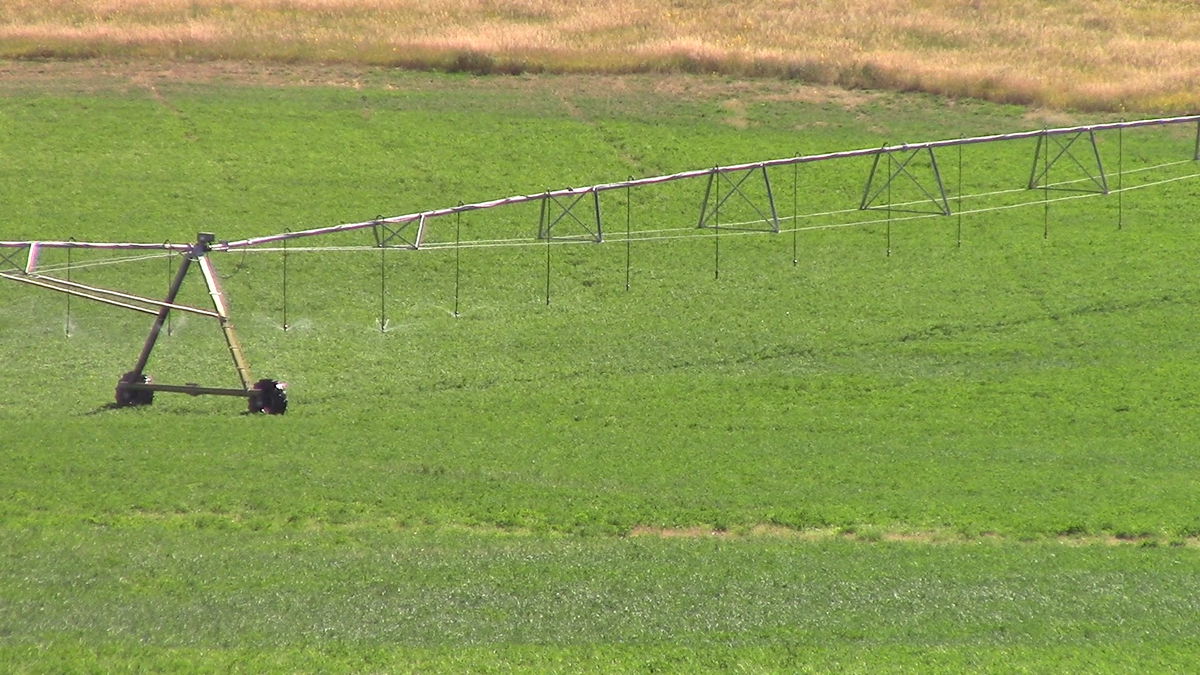Water supply uncertainty could slow growth in Colorado Springs
COLORADO. (KRDO) -- For the first time in decades, maybe ever, the City of Colorado Springs is having to carefully consider how much water it has when deciding whether to annex new land east of Fountain.
It's the latest local impact from the ongoing water crisis across the west, and it could now dictate how much, or how fast, the city can grow.
This renewed water supply conversation came about because of a 3,000-acre piece of land known as Amara.

Earlier this year, La Plata Communities requested the land be annexed and is currently finalizing its latest development plan.
Amara is the largest land acquisition considered by the city since Banning Lewis Ranch in 1988, and it could potentially add another 10,000 homes to the city.
That number of homes would require thousands of acre-feet of water per year from Colorado Springs Utilities.
Nancy Henjum, who represents District 5 on the city council, has long been concerned about the city’s water supply.
“It’s probably one of the reasons I ran,” she says.
The collision of the ongoing drought and the need for additional housing has presented an obvious dilemma for city leaders like her.
"Can we serve that annexation, and serve the land that already is a part of the city?" she explained.
Section 7.6.203 of the current city code requires "a projected available water surplus at the time of request" as a condition for annexation.
However, the word ‘surplus’ is not defined.
CSU wants to quantify the code, and require the city to have 130% of the amount of water currently being used and what the new land would use in order to allow an annexation.

Henjum says she doesn’t believe Amara would be allowed in under the 130% proposal if the percentage was applied to the entire area at the time of annexation.
However, it’s possible that the ordinance could be amended to allow for the annexation if the homes were approved and developed one small section at a time.
On average, the city now consumes about 72,500 acre-feet per year.
CSU is currently capable of supplying at least 95,000 acre-feet per year, which is just over 130% of the current usage.
The 95,000 figure is known as the “Reliably Met Demand” in CSU’s Integrated Water Resource Plan.
However, it’s possible the RMD could actually shrink, due to the crisis along the Colorado River.
The dangerously low levels at Lake Mead and Lake Powell have the federal government looking for ways to send more water downstream.
Because the city’s water rights are fairly young compared to other uses on the river system, a significant amount of water that CSU diverts from the Colorado River every year could be cut.
“We get about 50% of our water supply from the river today. We're looking at ways to mitigate the loss of some of that water,” explains Abby Ortega, General Manager of Infrastructure and Resource Planning Group at CSU.
Ortega says that while it's unclear whether they, CSU, will see cuts, or how much, it’s very apparent that the current agreement is no longer working.

“What we saw 100 years ago when we developed the Colorado River Compact, that amount of water just isn't being produced today," she says.
“We're preparing to lose 50% of those supplies, in certain years. That wouldn't be permanent. It would be on a year-to-year basis, depending on what Mother Nature brings.”
As of November, CSU had almost three years' worth of water stored in its 25 reservoirs spread across the region, so a sudden loss of supply from the Colorado River wouldn't cripple the city.

It would, however, force CSU to start relying more on other sources of water, which the utility is already working to acquire.
“We're doing that a little bit sooner than we thought we might need to, simply to give our existing customers a more resilient water supply,” Ortega explained.
CSU recently purchased land in southeast Colorado that will bring in an estimated 3,000-acre-feet of new water from the Arkansas River Basin, and it hopes to buy more.
It is also offering to upgrade irrigation systems for farmers in that basin in exchange for bringing their excess water into the CSU system.
By replacing a flood irrigation system with a much more efficient center-pivot irrigation system, a farmer can use much less water to grow a similar crop.

In 2023, city leaders are expected to consider limiting how much non-native grass new homes are allowed to have.
For now, Henjum doesn’t believe Colorado Springs is in need of asking or requiring residents to dig up their grass like in Las Vegas or parts of California, but she does hope that our city’s growth can become a little more responsible.
“Our relationship with the earth, or anybody, should be one of reciprocity,” she says, “and we’ve been a little more extractive than we have been giving, and so I would love to challenge us all to think about what that would that look like for us to be giving back to our Mother Earth.”
Henjum says with what she knows about Amara right now, it doesn’t make sense for Colorado Springs, not only due to the water concerns about also the lack of contiguity and public safety challenges.
The Colorado Springs Utilities Board will discuss the 130% requirement ordinance on Monday, December 12.
It will likely be considered by the City Council in January.
La Plate Communities is expected to return to the city’s Planning Commission in January, and if approved, move on to the full city council after that.
